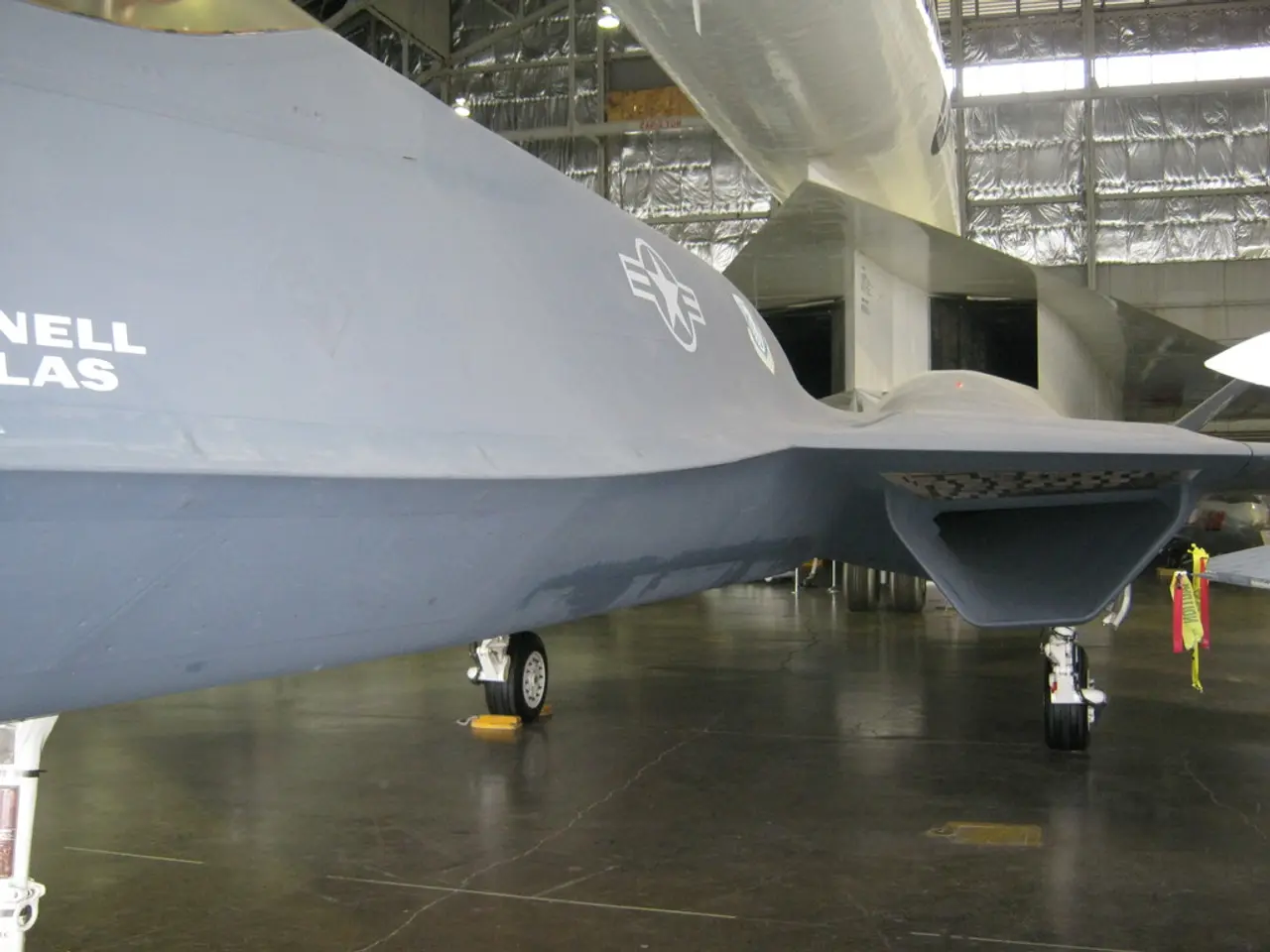Intense Decision: Is It Time for the Final Defense Barrier?
In the realm of air travel, maintaining high safety standards has always been of paramount importance. This emphasis on safety is being increasingly directed towards understanding and addressing the human factors that play a significant role in air travel incidents.
According to studies, human error contributes to up to 80% of aviation accidents, underscoring the need for a deeper understanding of human factors to improve safety. The complexity of modern aircraft systems, relying heavily on automation, can inadvertently increase the likelihood of human mistakes.
Effective communication, teamwork, and decision-making among flight crews, known as Crew Resource Management (CRM), are crucial for preventing errors and enhancing situational awareness. Proper management of fatigue and stress is vital to maintain pilot performance and prevent accidents. Distractions posed by the misuse of technology, such as personal devices during flight, also pose risks to safety.
By focusing on human factors, airlines can implement better safety protocols, such as improved CRM, fatigue management, and situational awareness, which enhance overall safety. Understanding and addressing human error can lead to fewer accidents and improved incident response, making air travel safer.
The recent crash of Air-India's Boeing 787, which resulted in 260 fatalities, is currently under investigation. The fuel supply of the aircraft was stopped immediately after takeoff using manual switches, but the cause remains unclear. The flight recorder of the Boeing 777 has not been found yet.
The pilots' union, Cockpit, sees important technical and systemic aspects still unresolved, such as the locking function of the switches in question. The industry is facing unsolved technical problems in the reliable transmission of data between the station and the aircraft, as pointed out by Vivianne Rehaag, a board member of Cockpit.
The tragedy of the Air-India crash follows other notable incidents where human factors played a role. The most famous example is the crash of Germanwings Airbus in 2015, where co-pilot Andreas Lubitz intentionally crashed the plane into the French Alps, resulting in no survivors. The Embraer of the airline LAM from Mozambique, which crashed in November 2013, was caused by a depressed pilot.
In the aviation industry, the typical crew in the cockpits has shrunk from five to two members since the 1960s, supported by numerous computer and assistance systems. However, the European Aviation Safety Agency (EASA) has deemed reducing the crew in the cockpit to one person too unsafe after a comprehensive study.
Planes that can fly without a crew are still in the research phase, initially planned to be operated via remote control from the ground. As the investigation into the Air-India crash continues, the focus on human factors in airline cockpits remains a crucial aspect in maintaining high safety standards and improving operational efficiency.
- Despite the increasing reliance on automation in modern aircraft systems, studies emphasize that human error accounts for up to 80% of aviation accidents, highlighting the importance of understanding and addressing human factors in general-news programs.
- In light of the recent Air-India crash and other notable incidents, the role of human factors in the cockpit, such as communication, teamwork, and decision-making (known as Crew Resource Management, or CRM), has gained new significance in crime-and-justice investigations, especially in understanding the causes and preventing similar tragedies in sports competitions and air travel.







